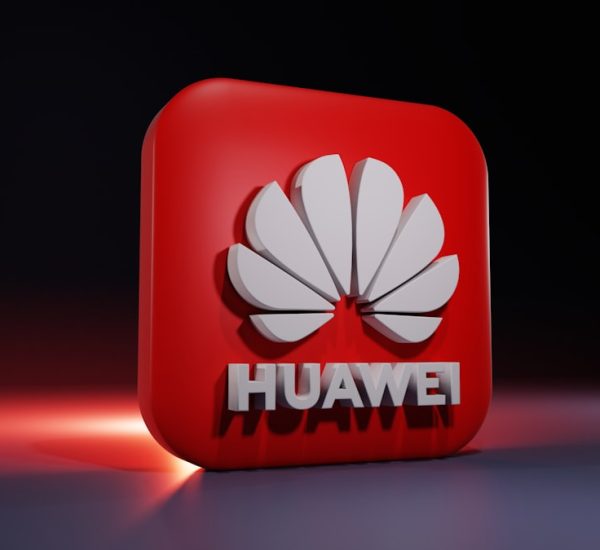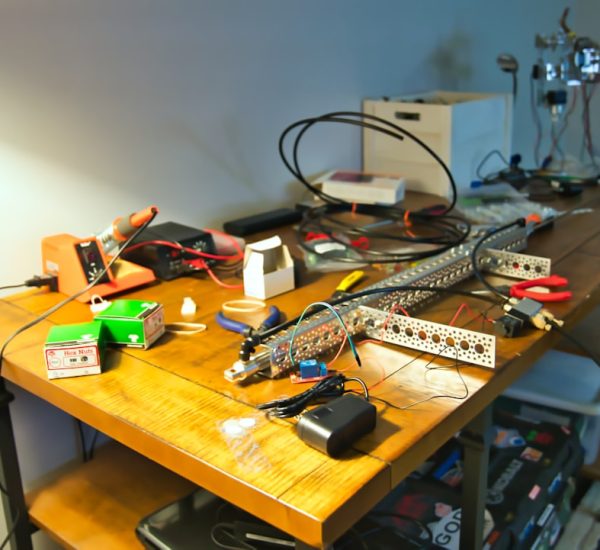In the golden age of professional wrestling during the late 1980s and 1990s, World Championship Wrestling (WCW) stood as a formidable competitor to the WWF (now WWE). While WCW was known for legendary figures like Ric Flair and Sting, as well as its revolutionary programming, another unique hallmark stood out — the vivid use of Atlanta’s skyline in its production design. The WCW Atlanta City Lights Theme became an iconic symbol of the brand, merging Southern grit with urban grandeur, and carved a cultural niche in wrestling history.
The Birth of a Visual Legacy
As WCW was headquartered in Atlanta, Georgia, it made sense for it to embrace the city’s identity. The Atlanta skyline, punctuated by the Peachtree Plaza Hotel, the Bank of America Tower, and a growing number of modern skyscrapers, symbolized progress and a bold, new era. When WCW began using animated versions of the city in show intros, backdrops, and promotional material, it was more than an aesthetic choice — it was a branding decision that galvanized a regional promotion’s rise to national fame.

From its early days on TBS — affectionately known as the “Superstation” — WCW leaned heavily into Atlanta’s image. Unlike the glitter and big-market sparkle of New York or Los Angeles, Atlanta offered something different: a thriving Southern metropolis with its own culture, style, and energy. The visual of Atlanta’s glowing skyline at night, often pulsing to synthesizer-heavy instrumental themes, added a sleek and modern feel to WCW broadcasts.
City Lights Meets Wrestling Lights
The “City Lights” theme was more than an opening segment; it was a heartbeat for the WCW brand during the late ’80s and early ’90s. The televised introduction featured wireframe transitions of Atlanta buildings coupled with neon colors and chiseled graphic effects — all hallmarks of the era’s dynamic television design. The skyline in the background created an unmatched ambiance, balancing the high-octane chaos of the ring with the vibrant calm of the city’s nighttime glow.
This motif wasn’t limited to studio graphics. At live events and pay-per-views such as Clash of the Champions and early episodes of WCW Saturday Night, the city-themed elements would appear in stage setups and screen transitions. For fans, the skyline became as much a character of WCW as its top wrestlers.
A City and a Brand Intertwined
Atlanta’s deep connection to WCW gave fans a cultural touchstone. Here was a promotion that didn’t try to hide its Southern roots, but rather celebrated them. The image of the city at night signified determination, ambition, and fierce loyalty. WCW didn’t need Manhattan’s glitz or Hollywood’s razzle-dazzle — it had its own empire, headquartered in an electric, ever-growing cityscape. Atlanta wasn’t just the backdrop for WCW; it was its soul.
Over time, even as WCW evolved with flashier production under Ted Turner and eventually faced competition from the rising dominance of the WWE Attitude Era, the echoes of the Atlanta City Lights never disappeared. Fans today still reminisce about the days when their wrestling heroes were framed by the quiet strength and sparkling promise of Atlanta’s night glow.
The Enduring Impact
Though WCW was ultimately acquired by WWE in 2001, its Atlanta-centered branding remains a nostalgic emblem for countless fans. The fusion of wrestling action with the cityscape’s glowing aesthetic still circulates in retrospectives, documentaries, and classic wrestling compilations.
The WCW Atlanta City Lights theme was more than just a TV intro. It was a perfect symbol of regional pride, creative branding, and the spirit of an entire wrestling generation. Long after the final bell rang, that iconic skyline remains aglow in the memories of fans worldwide.
FAQ
- Q: Why did WCW use the Atlanta skyline in its branding?
A: WCW was headquartered in Atlanta and used the skyline to highlight its Southern roots and establish a unique visual identity different from other wrestling promotions. - Q: What shows featured the Atlanta skyline theme?
A: Programs like WCW Saturday Night and Clash of the Champions prominently used the Atlanta skyline in their intros and staging. - Q: Was the city lights theme popular with fans?
A: Yes, many fans found it visually appealing and memorable, especially because it gave WCW a distinctive tone that set it apart from competitors. - Q: Is the WCW Atlanta City Lights theme used today?
A: While not actively used in modern promotions, it appears frequently in nostalgic retrospectives and remains popular among longtime fans. - Q: What made the theme musically memorable?
A: The theme often featured synth-heavy beats and futuristic visuals, creating an energetic and modern vibe reflective of the era.



